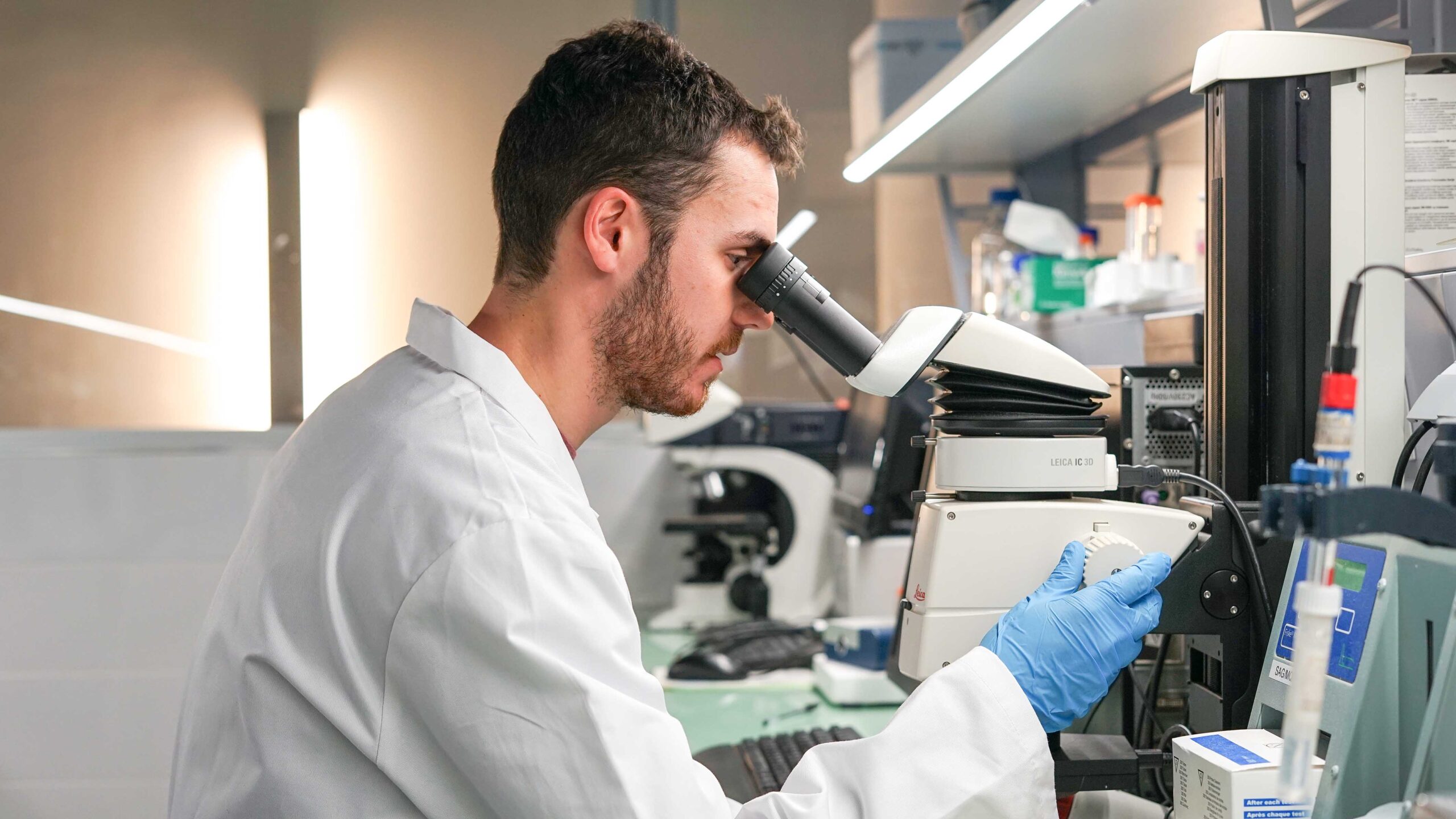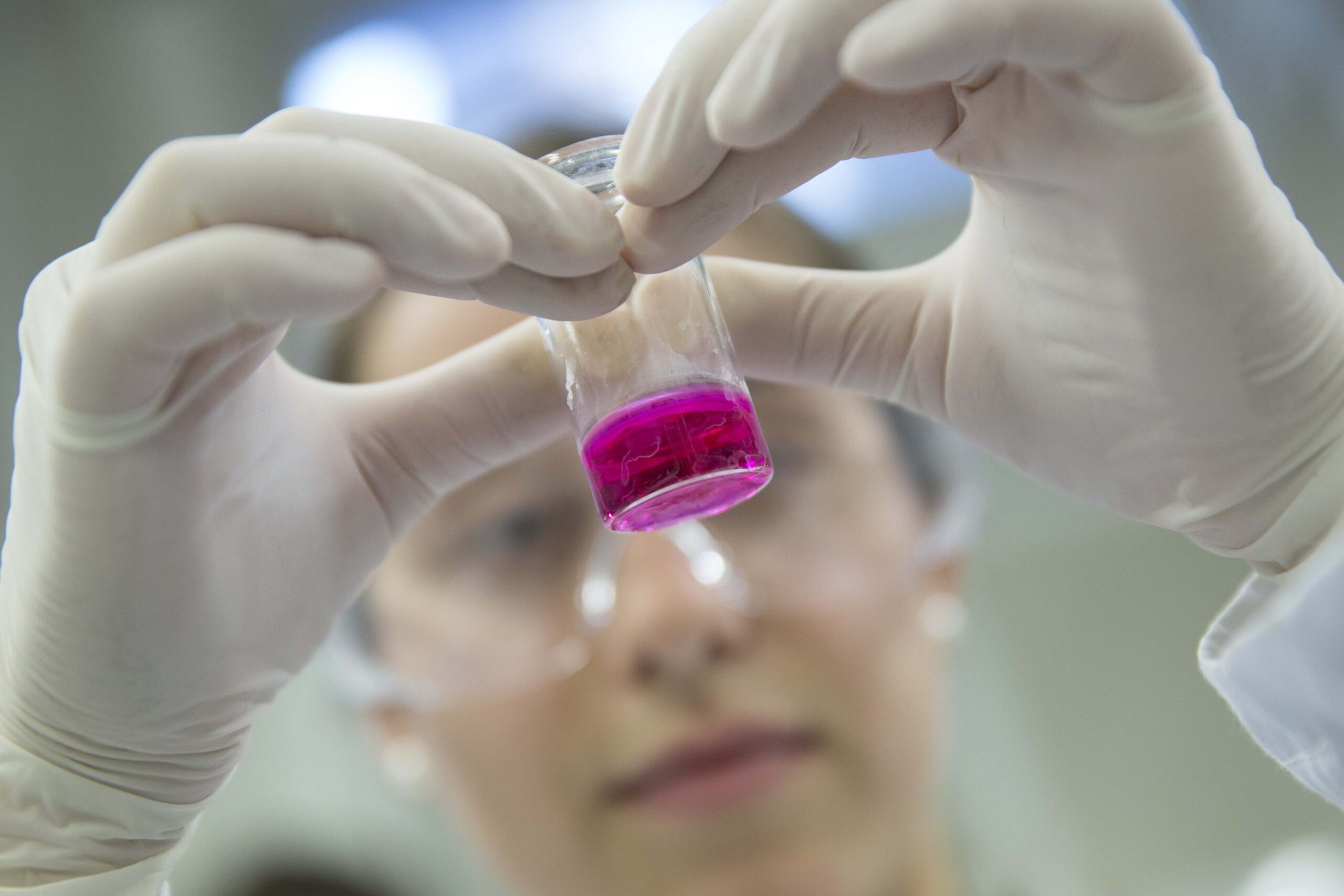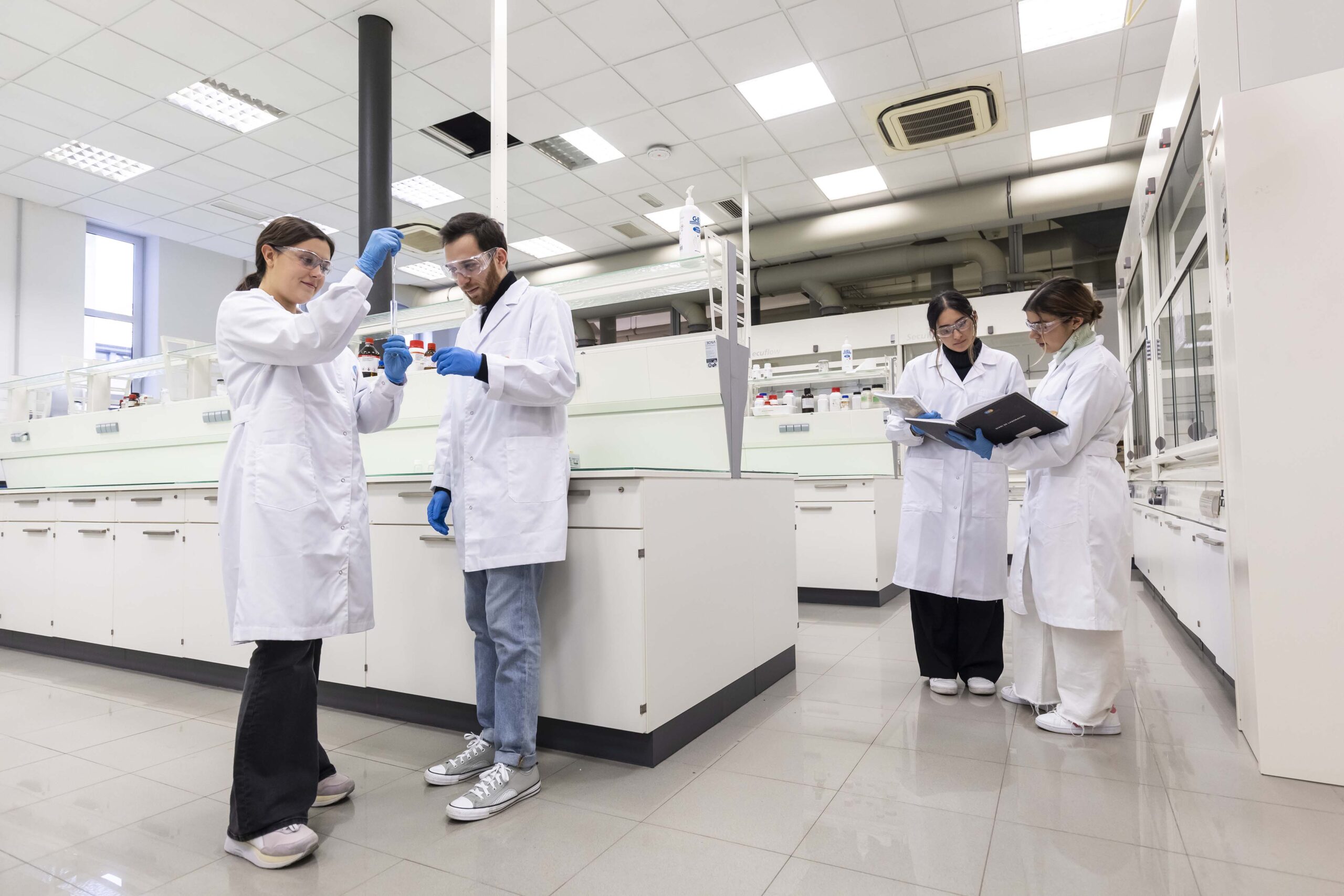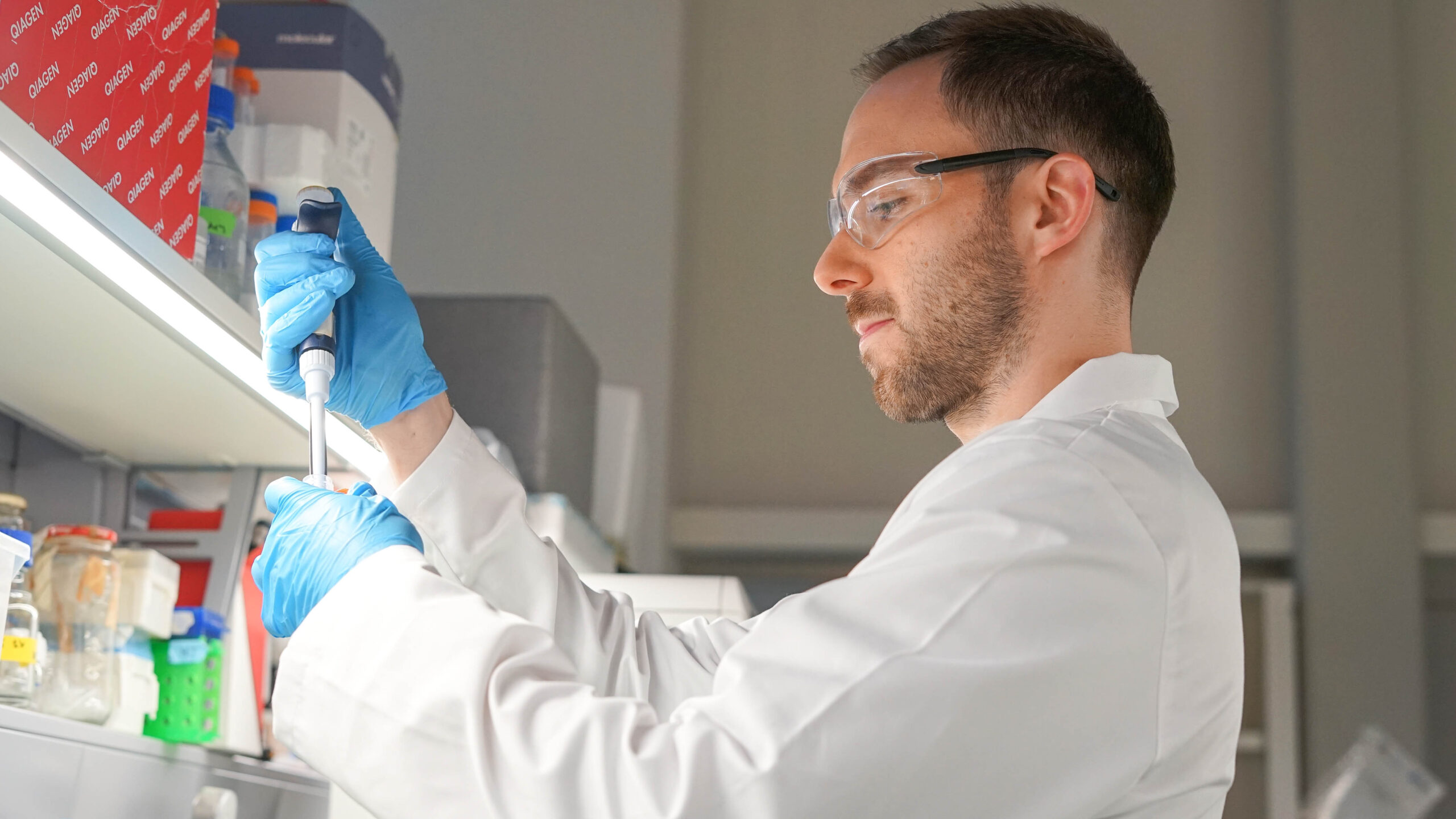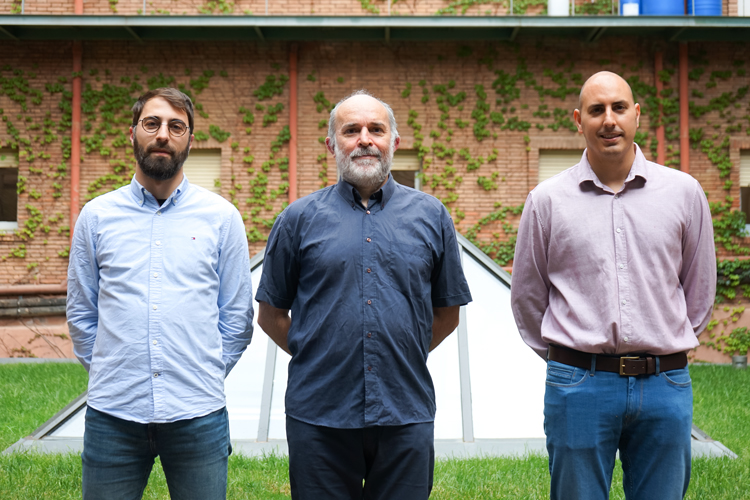Researchers from IQS are part of the NeuroTICs project, a consortium created to establish a new generation of therapeutic agents against poisoning by neurotoxic agents, as well as to determine their action, using zebrafish and rodent models for the study.

Dr Raúl López (UB), Dr Demetrio Raldúa (CSIC), and Dr Cristian Gómez (IQS), members of the NeuroTICs project.
The human brain is an excellent target for chemical terrorism, although neurotoxic weapons of mass destruction such as soman and sarin, which are particularly dangerous due to their high lethality, are usually not very accessible. However, there is currently great concern about possible terrorist uses of common neurotoxic chemicals in industry and agriculture such as organophosphate pesticides, acrylamide, or methylmercury. These compounds, known as “neuroTICs” (Neurotoxic Industrial Chemicals) can be used by terrorists as “agents of opportunity” and pose a serious risk to the civilian population if used in dirty bombs or to contaminate water or food supplies. Despite the obvious health risk posed by exposure to high doses of these compounds, there are currently no effective treatments.
The NeuroTICs, project has been created within this context, and is funded by NATO's Science for Peace programme, in which prestigious research centres and international universities are participating: Instituto de Diagnóstico Ambiental y Estudios del Agua (IDAEA-CSIC), Instituto Químico de Sarrià – Universidad Ramón Llull (IQS-URL), Universidad de Barcelona (UB), The Hebrew University of Jerusalem, and Mississippi State University, all under the coordination of Dr Demetrio Raldúa, a toxicologist with the IDAEA-CSIC. The launch of the project is scheduled for this coming June.
Dr Cristian Gómez Canela, with the IQS School of Engineering Chromatography Laboratory, is taking part in this project as a specialist in developing and monitoring analytical methods to control these types of pollutants and their metabolites, as well as potential treatments for them.
New treatments for neurotoxic syndromes
The main objective of NeuroTICs is to evaluate the possible therapeutic effect of N-acetylcysteine-amide (NAC-amide or AD4) and various thioredoxin mimetic peptides (TXM) to treat neurotoxic syndromes produced by acute exposure to high levels of organophosphate pesticides, acrylamide, and methylmercury.
AD4 and TXM peptides are blood-brain barrier permeable drugs specifically developed to reduce inflammation, oxidative stress, and apoptosis in the central nervous system (CNS). Although these drugs have already been used successfully to treat certain neurological conditions, there is no information regarding their therapeutic potential to treat acute neurotoxic syndromes.
Researchers from CSIC and IQS had previously and successfully developed various toxicity models for acrylamide and organophosphorus compounds using zebrafish (Danio rerio) as an experimental model.1
In the specific case of NeuroTICs, the therapeutic effect of NAC-amide and different TXM peptides will be analysed in neurotoxic models developed in vitro, in zebrafish, and in rodents. The approximation used will make it possible to increase the predictive value of the results obtained for humans.
In addition, researchers from the participating CSIC, IQS, and UB groups will develop a new model of methamphetamine neurotoxicity in the same vertebrate model.
The IQS group led by Dr Cristian Gómez will be responsible for developing the analytical methods necessary to identify and quantify metabolites and analyse neurotransmitter profiles, using the abovementioned zebrafish and rodent models.

1 Melissa Faria, Eva Prats, Cristian Gómez-Canela, Chuan-Yu Hsu, Mark A. Arick II.,
Juliette Bedrossiantz, Manuel Orozco, Natàlia Garcia-Reyero, Tamar Ziv, Shani Ben-
Lulu, Arie Admon , Leobardo Manuel Gómez-Oliván, Demetrio Raldúa; Therapeutic potential of N-acetylcysteine in acrylamide acute neurotoxicity in adult zebrafish; Scientific Reports volume 9, Article number: 16467 (2019)
